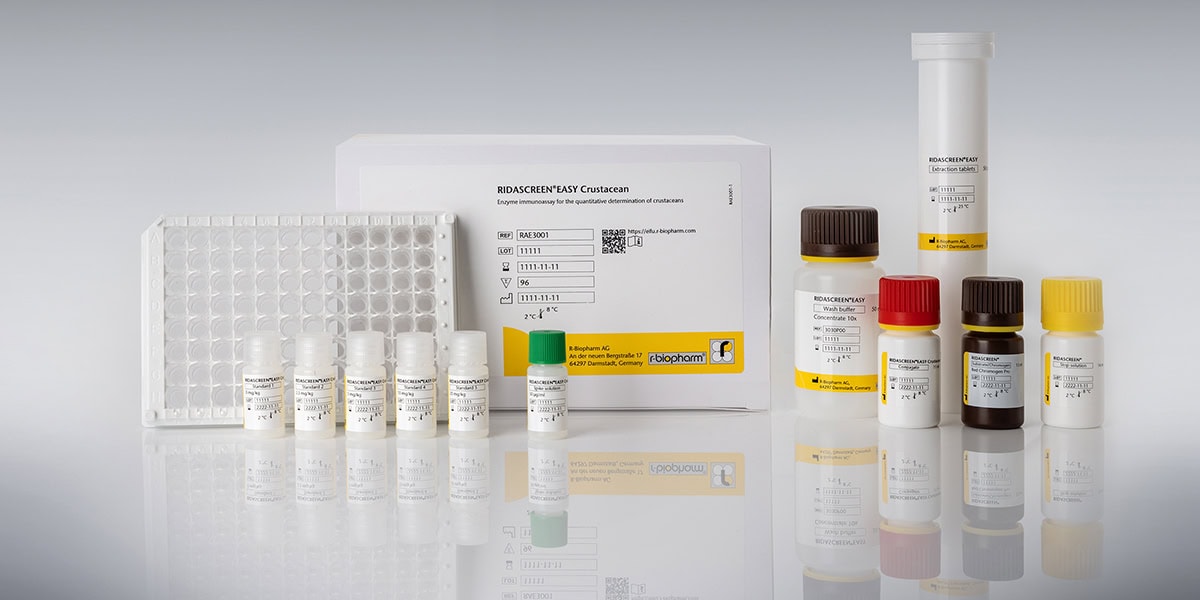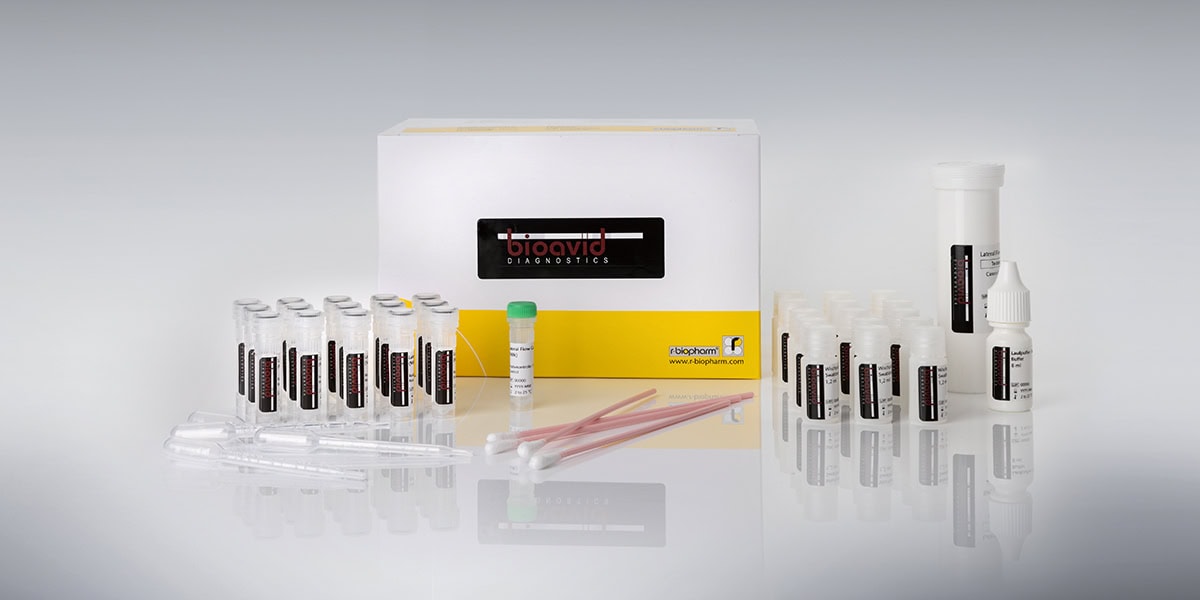
Recent news in Food & Feed Analysis
- Home
- /
- Industries
- /
- Undeclared allergens: How safe...
Undeclared allergens: How safe is „free from“ food?

From gluten-free to lactose-free, nut-free, egg-free and low-histamine: the market for “free from” food is growing. But can you trust the information on the label? This has been investigated in several recent studies.
The labelling of allergens is vitally important to people with food allergies and intolerances. In the EU, cereals containing gluten, milk, eggs, soy, nuts, peanuts, fish, shellfish, celery, mustard, sesame and lupines must be labelled as an ingredient. However, cross-contamination is a major problem in the production of allergen-free food. Through residues on facilities, equipment and work clothes or even through the air, traces of allergenic substances may accidentally get into the product – without being declared in the list of ingredients.
Insufficient protection of allergy sufferers
The Dutch study Accidental food allergy reactions: Products and undeclared ingredients by Blom et al. demonstrates that the risk of unintentional consumption of allergens is high. In the course of the study, 157 allergy sufferers were observed over a period of one year and asked to report if they experience allergic reactions. Nearly half of the participants had a reaction at least once. Samples of the culprit products were subsequently analyzed in the laboratory. Results indicated that 37 % of the tested products contained at least one undeclared allergen – and sometimes even several allergens in considerable concentrations. In total, eight different allergens that are subject to labelling were detected with risk being highest in peanuts, milk and sesame.
Labelling of gluten improved
In Germany, the Chemical and Veterinary Investigation Offices of Baden-Wuerttemberg (CVUA) regularly conduct analyses on allergens in food. According to their current report, undeclared allergens were detected in 17 % of the products tested in 2017. 7 % of the samples contained allergens in concentrations above the „de minimis limit“ and eight samples even had to be considered as potentially hazardous. Overall, unpacked food more often contained allergens than packaged food. With regard to gluten, the situation slightly improved: no gluten was detectable in 94 % of the products labelled as gluten-free, compared to 89 % in the previous year. Only in one case, the legal limit value of 20 mg/kg has been (marginally) exceeded, and a further eleven samples contained trace concentrations below the legal limit value.
Allergen labelling in restaurants
There still is a backlog in the labelling of allergens in restaurants. For instance, a restaurant check conducted by the Consumer Advice Center in Hamburg indicated that the information was insufficient in 55 % of the restaurants. Too few restaurant owners complied with the regulations on allergen labelling, the allergen notice was sometimes incomplete and the information given by the staff wasn’t always well-founded. Visiting a restaurant continues to be a risk for allergy sufferers. This is a pity since clear labelling of allergens in the menu may even be a business driver, because it attracts people with intolerances who don’t currently eat out fearing an allergic reaction.



